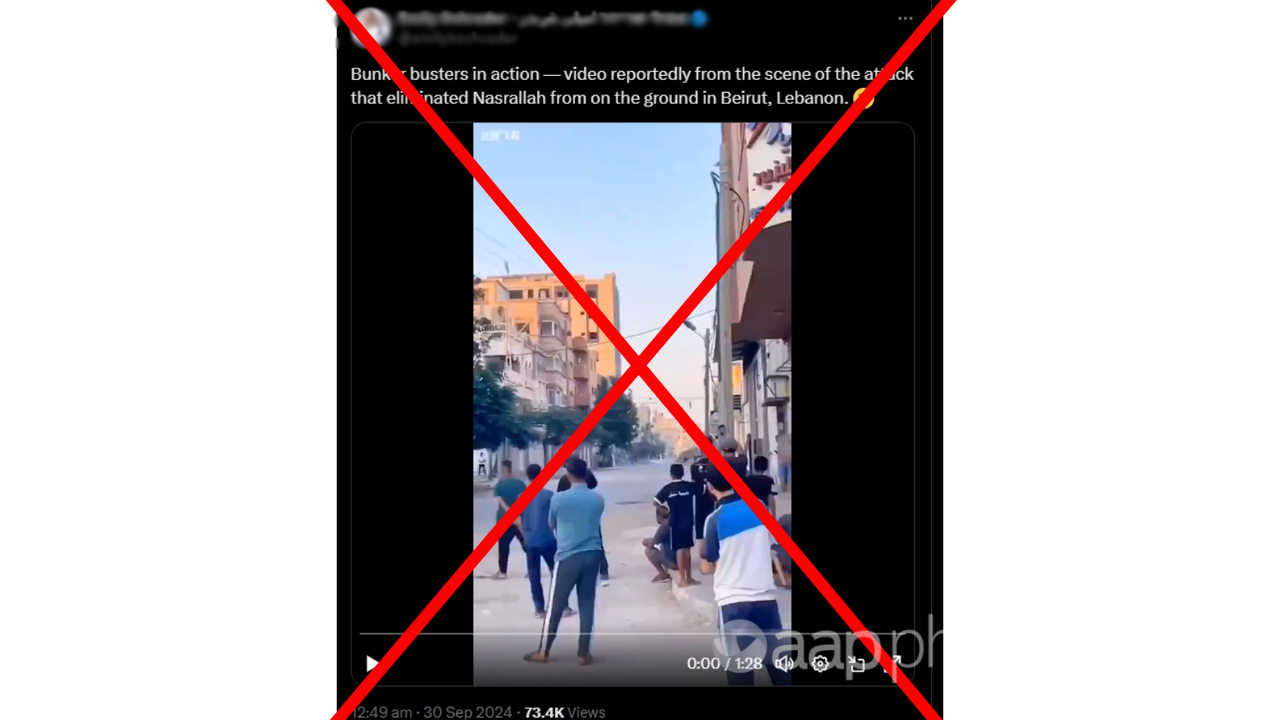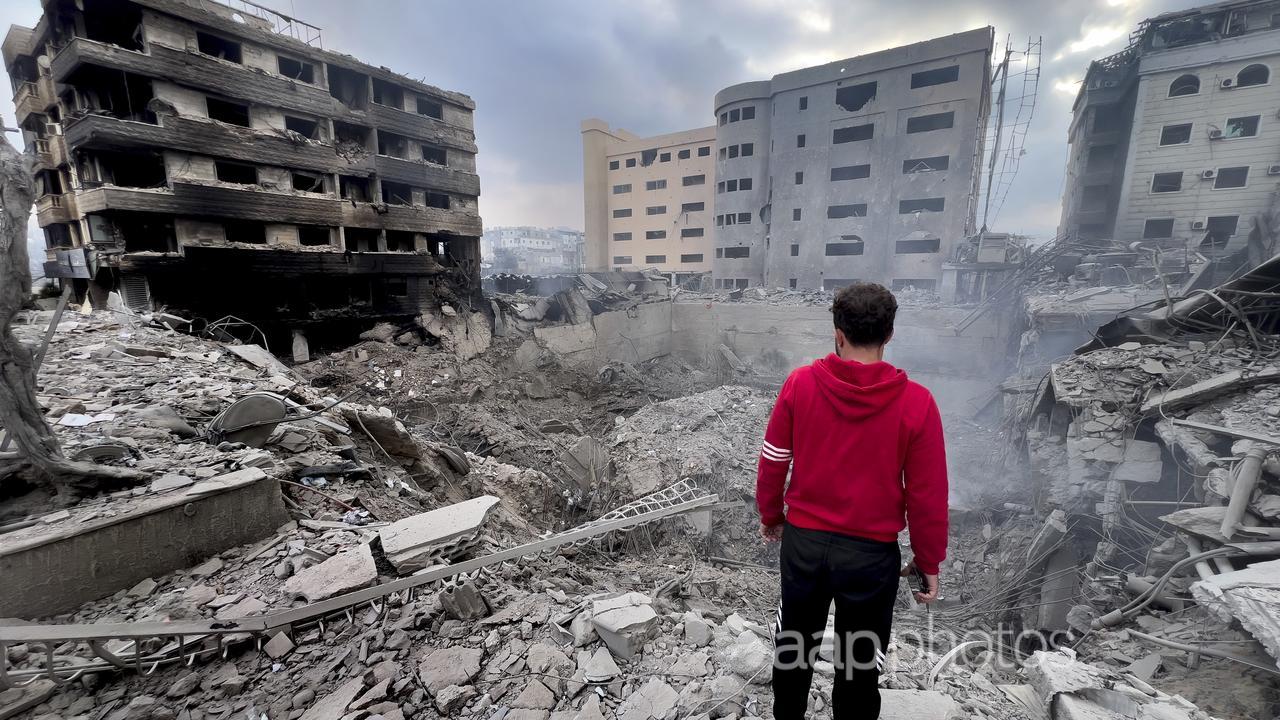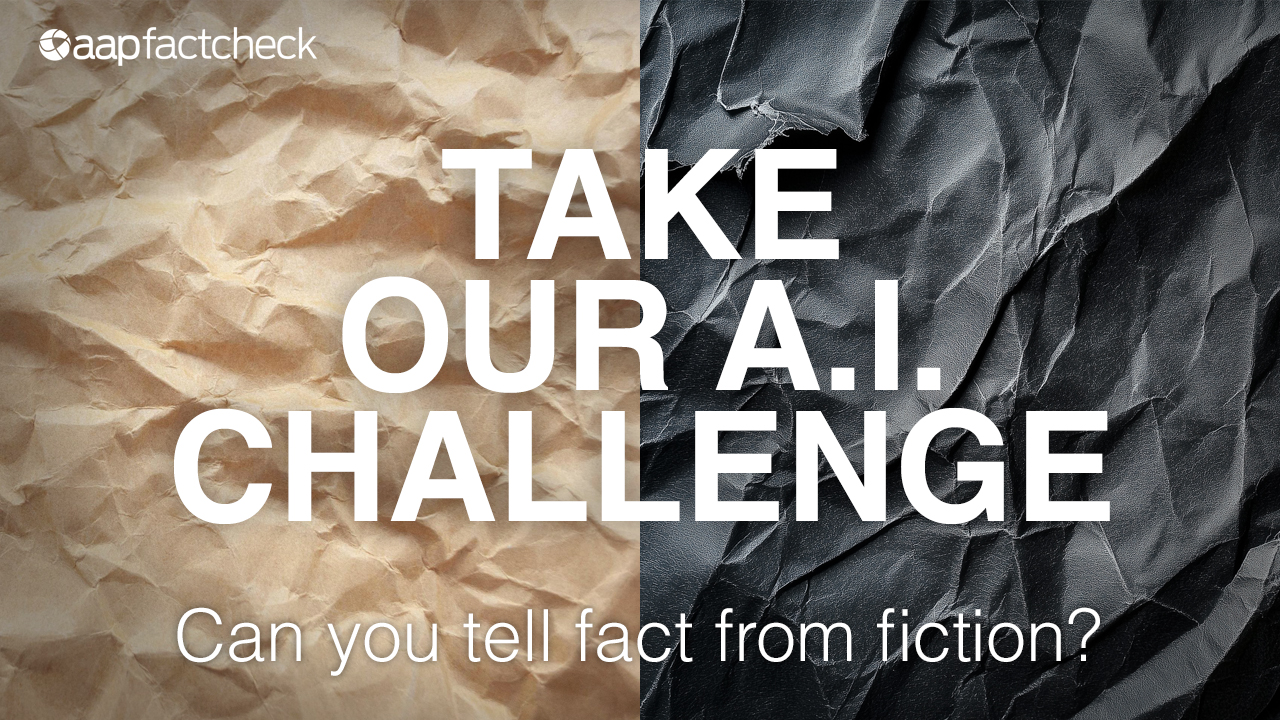AAP FACTCHECK – A video compilation of explosions shows Israel’s recent strikes on Hezbollah in Lebanon, social media posts claim.
The claim is false. The 17 clips that comprise the compilation video predate the strikes in Lebanon.
“Moments of arrival for all the bunker-busting bombs that ended the lives of # Nasrallah and # Hezbollah’s leadership in their fortified underground bases,” the caption of the video, which is being shared by Australian social media users, reads.
It was initially posted in the days after the September 27 strike on Beirut which killed several Hezbollah commanders including long-time leader Hassan Nasrallah.

AAP FactCheck highlighted 17 discrete clips of different bombings at the following timestamps: 0:00-0:06; 0:06-0:12; 0:13-0:18; 0:18-0:24; 0:25-0:30; 0:31-0:34; 0:34-0:36; 0:37-0:39; 0:40-0:46; 0:47-0:52; 0:53-0:59; 0:59-1:03; 1:04-1:07; 1:08-1:11; 1:12-1:18; 1:18-1:21; 1:21-1:28.
AAP FactCheck performed Google reverse image searches on each of the 17 clips and found posts for each that predated the strike on Hezbollah.
Some clips were recent, from September and August 2024, while others dated back to at least late 2023.
All the posts claimed the clips were of bombings in Gaza, not Lebanon.
Some posts, which matched the first and second clips in the montage, claimed to show the bombing of Gaza’s Nuseirat refugee camp.
One X post, matching the clip at 0:18-0:24, claimed to show an Israeli strike on a school in central Gaza, while an Instagram post matching the clip at 0:37-0:39 claimed to show a house being hit in the same district.
Another X post showed a slightly different angle of the same building in the montage’s clip at 0:31-0:34, and claimed to show the bombing of a residential building in another Gaza refugee camp.
Three clips were from 2023, seen in an X post from October 12 (matching the clip at 0:53-0:59), an X post from December 4 (matching the clip at 0:59-1:03), and an Instagram post from December 29 (matching the clip at 1:04-1:07).
AAP FactCheck has not independently verified the locations of the bombings in each clip. However, their existence on social media prior to the bombing of Hezbollah’s leadership demonstrates that the video montage isn’t what it claims to be.

Experts told AAP FactCheck that disinformation relating to the Middle East was, in part, being spread to prey on people’s biases by serving them whatever footage fits their worldview, leading to a further entrenchment of views.
Associate Professor Ika Idris, co-director of the Data and Democracy Research Hub at Monash University Indonesia, said disinformation had been spread to polarise people between supporting Israel or Palestine since the start of the war in Gaza.
“Humans are not entirely rational and have always been susceptible to deception,” she told AAP FactCheck.
“Even when presented with legitimate evidence and possessing the capacity to make sound judgments, humans can still fall victim to lies and manipulation.
“This vulnerability is particularly pronounced when exposed to emotionally charged propaganda, manipulated information that confirms personal biases (confirmation bias), and the influence of social environments, such as perceived majority opinions (in-group bias).
“As a result, even educated individuals can be irrational and believe in media propaganda.”
Social media educator and researcher, Dr Karen Sutherland of the University of the Sunshine Coast, said research had identified a wide range of motivations behind the spread of misinformation.
“These can be anything from antisocial traits and a need for chaos, political extremism, and the social rewards within specific communities for creating and sharing it,” Dr Sutherland said.
She added that such content also tends to be amplified on social media, thus generating high rates of engagement for the author.
The Verdict
False – The claim is inaccurate.
AAP FactCheck is an accredited member of the International Fact-Checking Network. To keep up with our latest fact checks, follow us on Facebook, Twitter and Instagram.
All information, text and images included on the AAP Websites is for personal use only and may not be re-written, copied, re-sold or re-distributed, framed, linked, shared onto social media or otherwise used whether for compensation of any kind or not, unless you have the prior written permission of AAP. For more information, please refer to our standard terms and conditions.


















